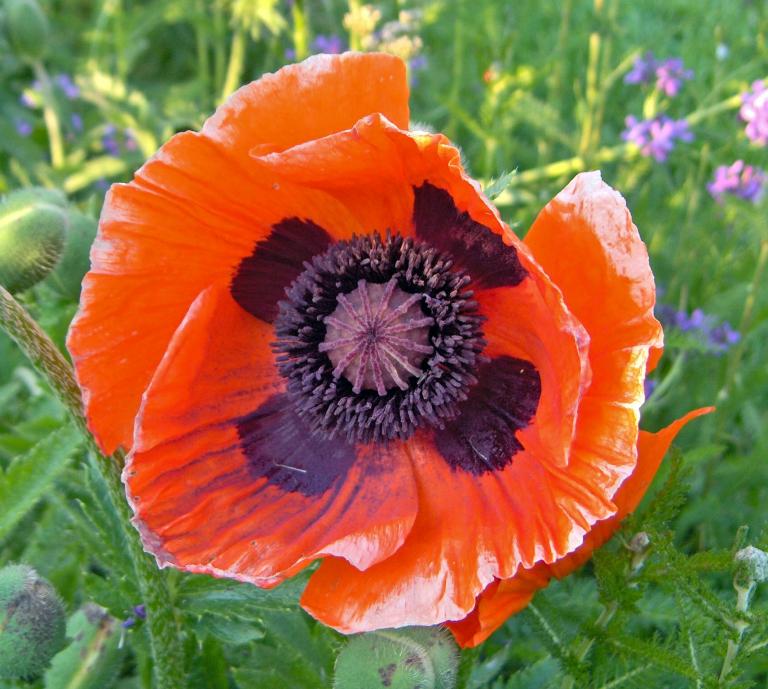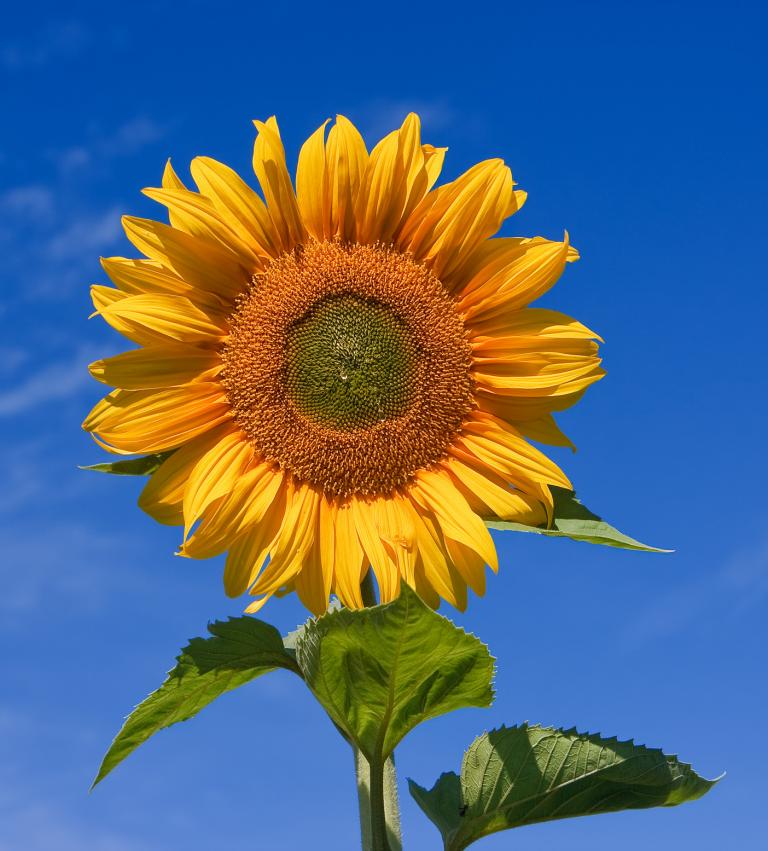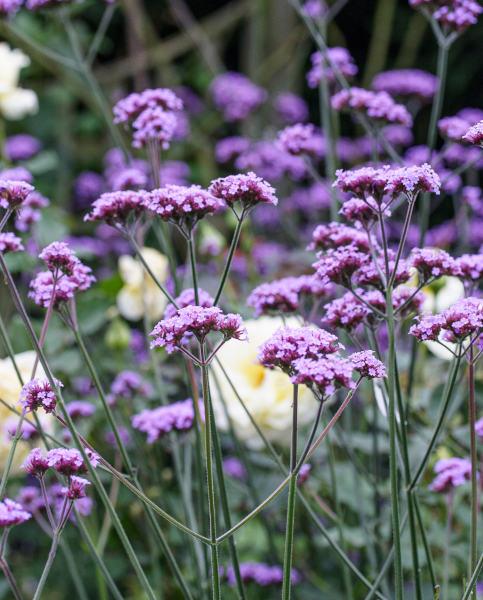The Nymans Collection
A garden lovers' home for all seasons, with an extensive yet intimate garden set around a romantic house and ruins.
Grade II-listed garden with rare and unusual plant collections and views across the Sussex Weald.
I particularly enjoy seeing a kaleidoscope of colour in the flower beds during the summer months, buzzing with wildlife. Opt for open faced flowers to encourage pollinating insects to visit your garden
Joe Whelan, Head Gardener Nymans

Poppy Orientale
Papaver orientale
A perennial poppy, to 90cm high, with bristly stems and finely divided, dark green leaves covered with silvery hairs.
In early to mid summer, produces pendent buds that straighten and open to large, bowl-shaped, orange-red flowers to 15cm across, with small purple-black blotches at the base of the petals.
Papaver orientale, the Oriental poppy, is a perennial flowering plant native to the Caucasus, northeastern Turkey, and northern Iran.
Oriental poppies grow a mound of leaves that are hairy and finely dissected in spring. They gather energy and bloom in mid-summer. After flowering the foliage dies away entirely, a property that allows their survival in the summer drought of Central Asia. Gardeners can place late-developing plants nearby to fill the developing gap.

Sunflower Giant Single
Helianthus annuus
Easy, fast growing with huge heads on giant stems. Sunflowers are very easy to grow, they come in all sizes for borders, beds, pots and containers, adding warmth and vibrancy to any outdoor living space – large or small. They look dramatic combined with other easy annuals such as Cosmos, Coreopsis or Cornflower.
Sunflowers are long-lasting whether used in the garden or as cut flowers, and attract a wealth of beneficial insects. Their spent heads can also be left to feed birds throughout winter.
They belong to a group of plants called Helianthus, which is a genus comprising about 70 species of annual and perennial flowering plants in the daisy family Asteraceae commonly known as sunflowers. Except for three South American species, the species of Helianthus are native to North America and Central America. The best-known species is the common sunflower (Helianthus annuus), whose round flower heads in combination with the ligules look like the Sun. This and other species, notably Jerusalem artichoke (H. tuberosus), are cultivated in temperate regions and some tropical regions, as food crops for humans, cattle, and poultry, and as ornamental plants.

Verbena bonariensis
Verbena bonariensis
Verbena bonariensis has tall, narrow, sparsely-leafed stems on top of which flattened heads of bright lavender-purple flowers appear in late-summer. It’s perfect for bringing height to an ornamental border and also works well in prairie-style planting schemes with ornamental grasses. It’s a superb butterfly plant, rivalling even buddleja.
Grow Verbena bonariensis in moist but well-drained soil in full sun. Given the right conditions, plants will self-seed freely, but in colder regions they may need protection from frost. Leave dead stalks to provide winter interest and mulch annually with well-rotted manure or compost. The Royal Horticultural Society has given it its Award of Garden Merit (AGM).
Verbena is derived from Latin, meaning ‘sacred bough’, in reference to the leafy twigs of vervaine (Verbena officinalis) which were historically carried by priests, used in wreaths for druidic rituals, and for medicine. Named by Virgil and Pliny the Elder. The common name, vervaine, comes from the Celtic name, ‘ferfain’.
Its specific epithet bonariensis means ‘from Buenos Aires, Argentina’. ‘Buenos’ means ‘good’ and ‘aires’ means ‘air’ (‘good air’).
Visit our full collection of National Trust seeds, inspired by Nymans, including
ACHILLEA Summer Berries
AUBRIETA Rich Rose
CERINTHE major purpurascens
COSMOS Sensation Mixed
ECHINACEA purpurea
FOXGLOVE Pam's Choice
POPPY orientale
RUDBECKIA Goldsturm
SUNFLOWER Giant Single
VERBENA bonariensis
